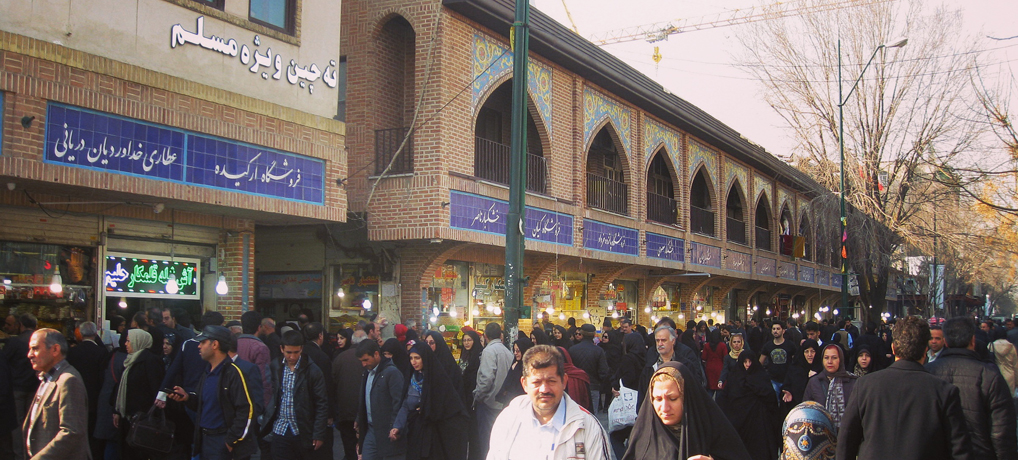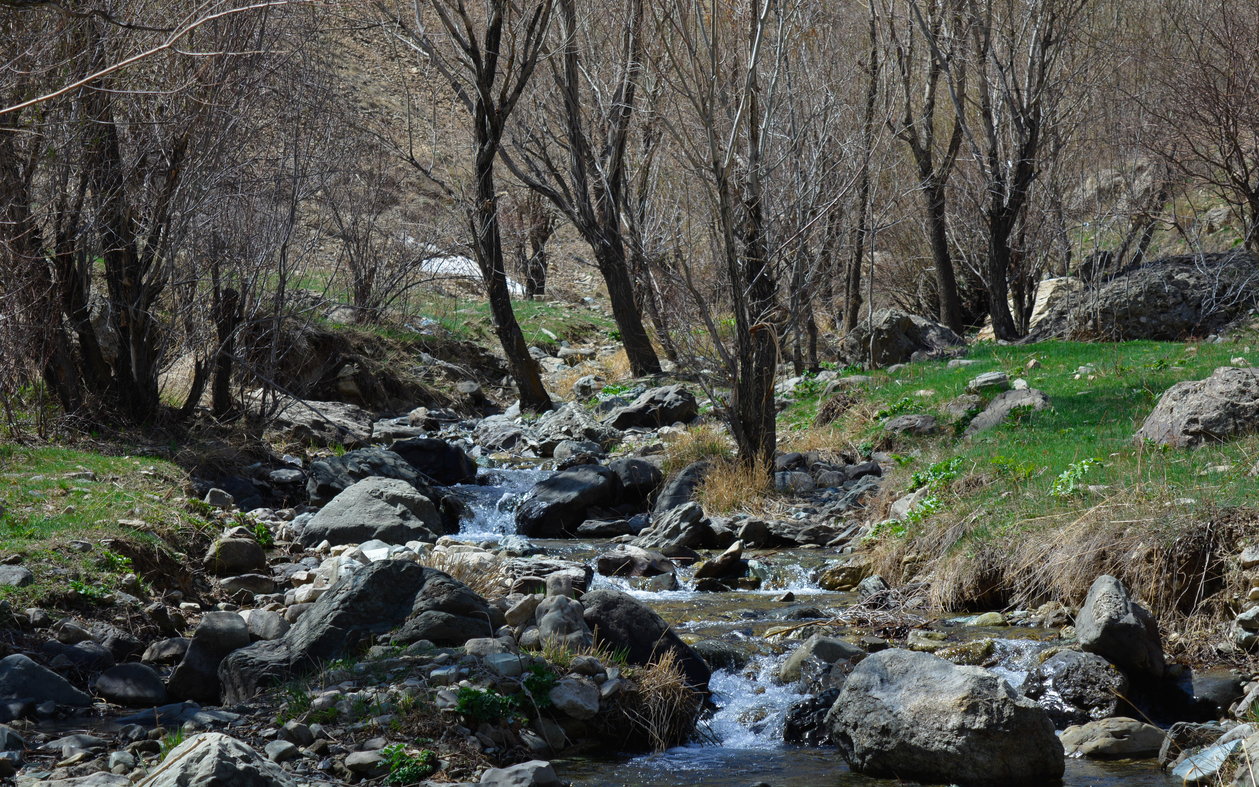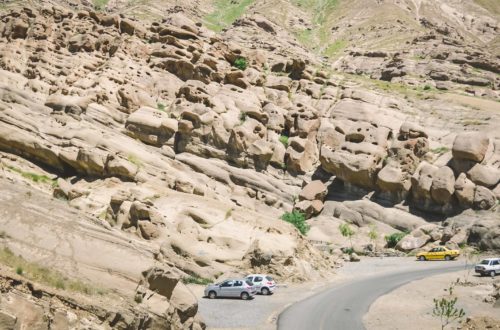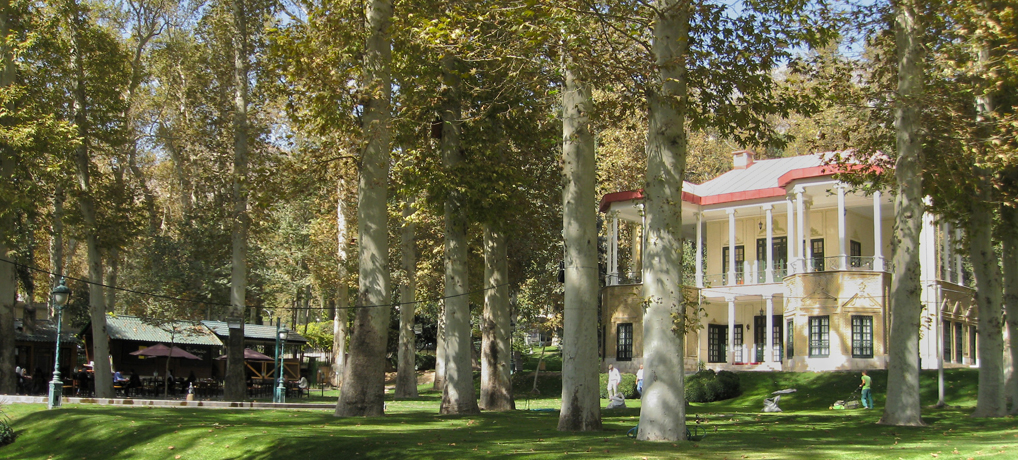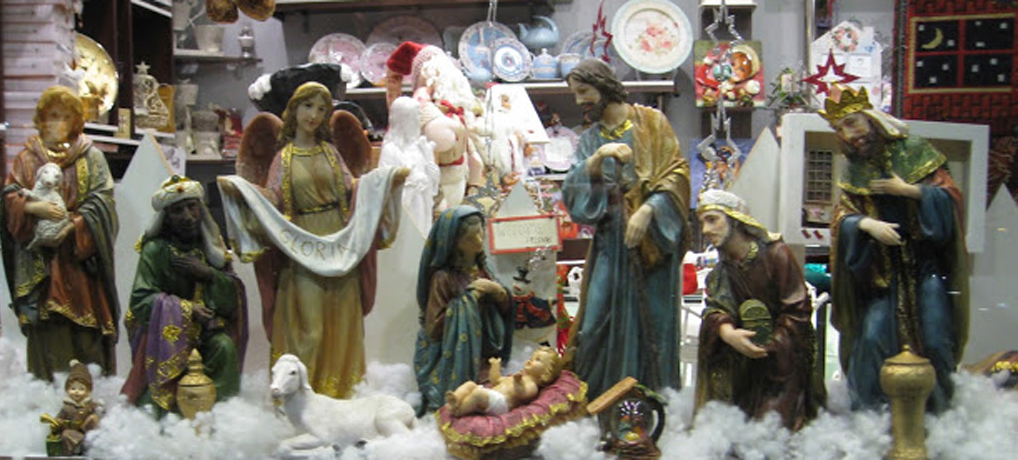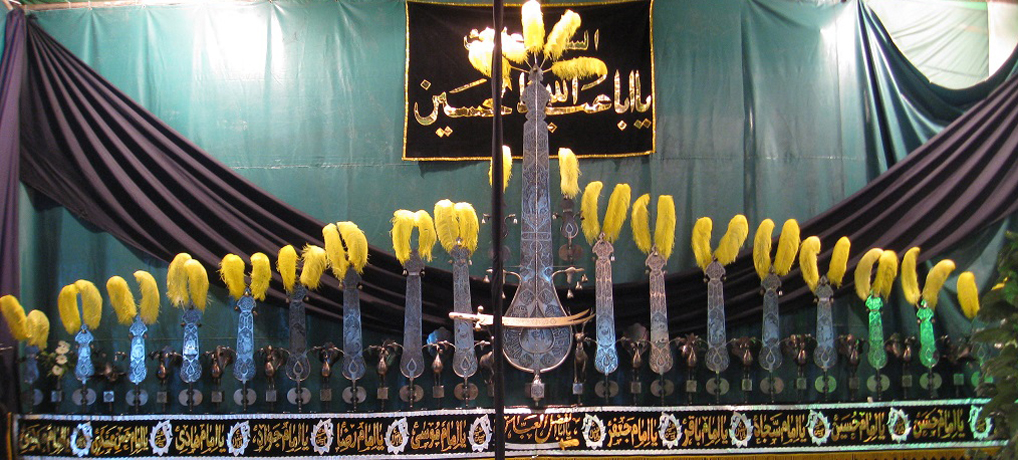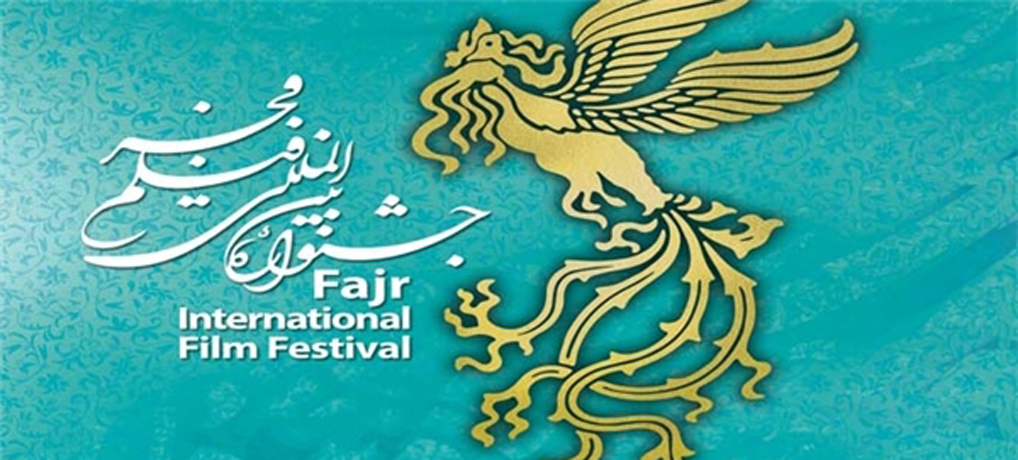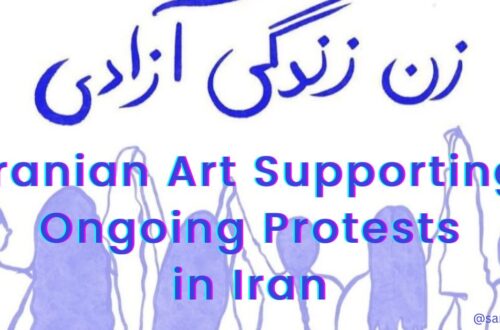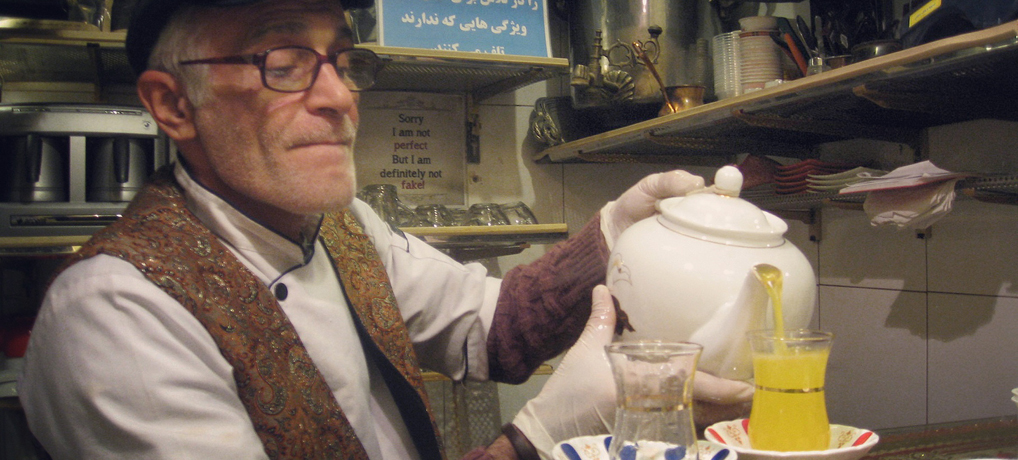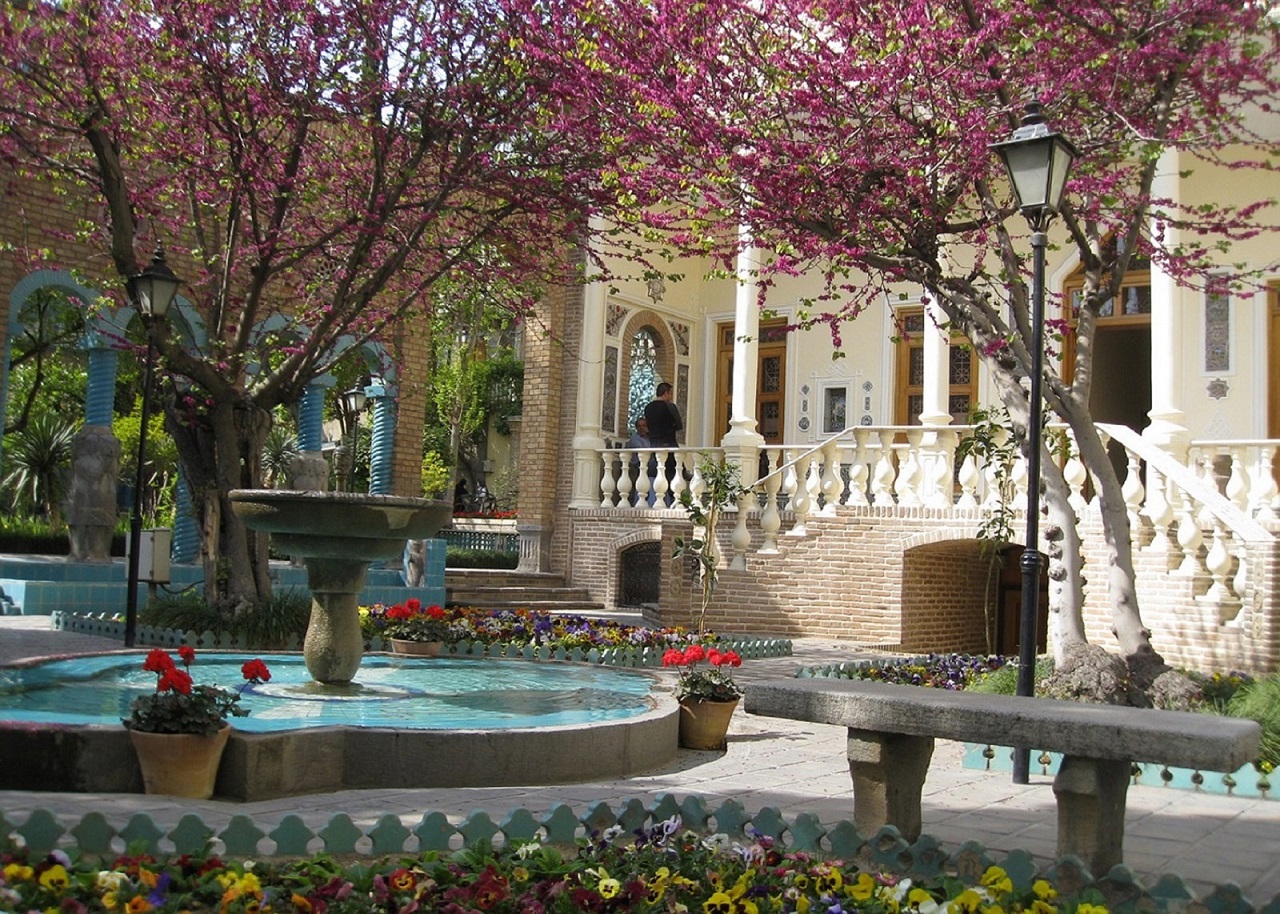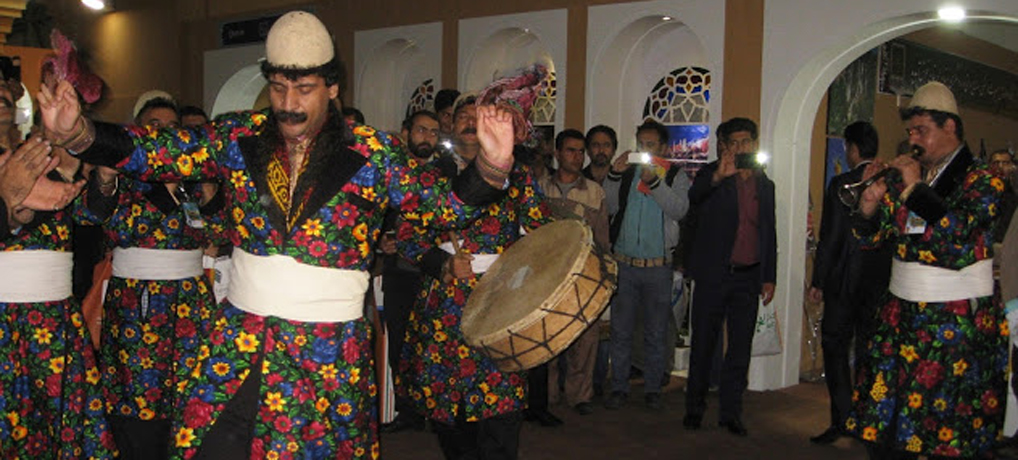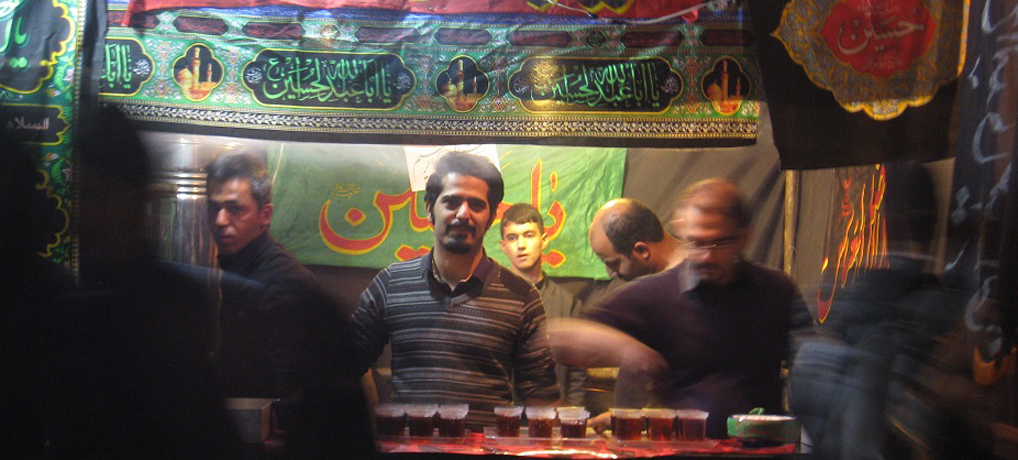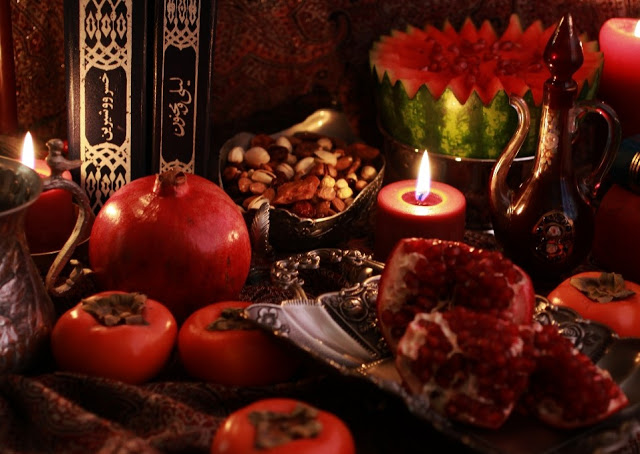-
Ultimate Guide To Tehran Grand Bazaar
If you are reading this post, you might have heard a lot about bazaars in Iran. Any city you go in Iran, its bazaar will be one of the main sights for tourists to visit. Why so? Well, the bazaar is one of the oldest institutions in Iranian culture. It embodies traditional lifestyle, traditional architecture and, most of the times, houses city`s main mosque – Jame` Mosque. Tehran Grand Bazaar (or bazar-e bozorg in Farsi) (as it`s obvious from its name) is one of the biggest bazaars in the country (after, maybe, the one in Tabriz). Its different parts and alleys are dedicated to different type of goods, and…
-
Feel Christmas Spirit in Tehran!
Christmas spirit is hardly seen here in Tehran. No snow on Christmas Eve, I believe, no Santa Clauses in the streets, no people hurrying up for buying their gifts. Although there are some places that will certainly cheer you up before Christmas holidays! Here are a couple of recommendations for you. St Mary Armenian Church on 30th Tir Street First, and the main one, Christian churches. That is what Christmas is, actually, about, right?) Most churches are being decorated for the holiday season and hold special services. There are Armenian, Orthodox, Catholic and so many other churches in Tehran, just choose yours! IMPORTANT! Most of churches (especially not Armenian) open…
-
Women singing in Tehran
Women singers in Iran has been an issue since the Revolution. If you are a woman, you can sing as much as you can as soon as no one can hear you. And since then women have been fighting for their right to sing publicly. And some succeeded. Some female singers started singing with male singers, and you can hear their voice on the background. Some actresses perform group a cappella singing in a movie (watch Sadatabad for a beautiful song performed by Mahnaz Afshar and Leyla Hatami). But nowadays female singers finally received their right to sing publicly on concerts. The only requirement is that the audience must be…
-
Perception of modesty in Iran, or Compliments in the street
It`s obvious that Iranians` attitude to things quite differs from the one foreigners have. It`s absolutely normal and understandable, but sometimes it really makes one uncomfortable. What happened to me today made me take a closer look on perception of modesty in Iran. Walking in the street somewhere in the southern part of Tehran (not some slums though, but quite a busy business place) I received a couple of comments on my look. I believe they were triggered by just my coat unbuttoned (due to nice warm autumn weather) revealing a modest sweater underneath instead of a manteau which is common in Iran. Normally, having heard it in my country…
-
Men`s Hijab: Basics of Men`s Dress-code in Iran
When it comes to the dress code, the first thing that comes to mind is scarfs, chadors, etc. Not many foreigners know that there are certain dress-code rules for men as well. Of course, these rules are not so elaborate as for women, but still it’s not a bad idea to know them before going to Iran. The basic rule is that men like women are not supposed to show legs (except for feet) and arms (from elbow and higher). Although, nowadays T-shirts with shorter sleeves are also acceptable. The ideal clothing for men can be illustrated by this ideological poster in a bus: a long-sleeve shirt, pants (preferably not…
-
Ramadan: a month of fasting or a month of pretending
From the media you might have heard that Ramadan (Ramezan in Persian) is a holy month of fasting and like 90 percent of Iranians fast during this period of time. Even if you are inside in Iran, after seeing all the eateries closed during the day and most places like shops and parks getting crowded only after Iftar time (which is the official beginning of the night when Muslims can start eating), you might think that all the gossip that most Iranians follow the rules are true. But after taking a closer look you`ll see that Iranians spend Ramadan differently. If you simply go out and walk on the streets of…
-
Iranian Guys: On the Street. Part 1
Being a foreigner in Tehran, and especially a young female, it`s totally normal to hear a number of “hellos” from young Iranians. Walking on the street you can see some Iranians pass by and smile to you say hi, ask how you are, compliment, or even sing a short love song! But they try to do it quickly and right the moment when they`re passing by. Want to know the reason? Maybe they don`t want to be “caught” by the girl. Maybe they don`t know much of English and simply can`t continue a conversation so they try to escape it. Maybe it`s just their awkward way of showing that they…
-
One Day Trip From Tehran: Shahrestanak
Iranians love travelling! Every time they get a couple of days off, they head for the North of Iran to enjoy beautiful landscapes and find peace away from hectic Tehran. However, even if there are no public holidays in the sight, some grab their backpacks at the weekend, fetch their friends and get off to one of the nice spots around Tehran for a day trip. One of these places is Shahrestanak in Alborz province which can be an amazing getaway destination during spring, summer and autumn. Shahrestanak is a village with lots of fruit-tree gardens and a Qajar palace which can hardly be called a palace now – unfortunately,…
-
Moharram. The Time for Mourning: The Day of Ashura
Mourning in moharram reaches its culmination on the 10thday of moharram which is known as Ashura. On this day since morning people either take part or just watch mourning processions in the streets of Tehran. The procession starts with boys carrying flags with writings about Imam Hossein. They are followed by “alams” which are the central part of the whole ceremony and draw all people`s attention. “Alam” is a huge and heavy metal thing covered with feathers, metal figures of birds, lions and deer, every element of which symbolizes something. Although “alam” is extremely heavy, it`s carried by only one person who wears a special belt to help him carry…
-
Moharram. The time for mourning: Food
Food is an inseparable part of any Iranian holiday, festival or even the day of mourning! And moharram is no exception. During the first ten days of moharram after the evening prayer (i.e. after sunset) in the streets of Tehran you can see numerous tents where you can get tea with sugar, dates or sweets absolutely for free. Some people, who are patient enough, visit so-called “heyats” where a mullah tells the story of Ashura and then the attendees get free food. When a family gets into trouble, for example, a child gets sick badly, the family prays and promises to God that if the child gets well,…
